I am creating an app that is interested in having a highly accurate estimate of an Android device's location. I am also required to send this data to a proxy server.
My current implementation fetches a GPS location on the device itself and sends that to the proxy. In addition, it sends data required by Google's GeoLocation API such as wifi access points to the server, and the server then makes a call to the API and acquires another Location. Both the GPS Location and Geolocation are on the form
{
center: {
lat: ...,
lng: ...,
},
accuracy: ...
}This means that I end up with two different estimators for a single location, each with their own center and accuracy. My question is as follows:
Is there a way to combine these two Locations into a single, more accurate location? Ideally I'd like to use some API that takes several objects on the form above and returns a single object with a new center and a lower accuracy value than the provided locations. If there is no such API, it's also fine if someone could help me develop an algorithm that has the desired effect.
Since these location estimate the same true location, combining them somehow should be able to yield a better result. I was not able to find an answer as to how either by googling or by reading several pages of all questions tagged with google-geolocation.
This is a slightly difficult question to categorize, it might turn out to be better suited for the statisticians over at https://stats.stackexchange.com/. If so, let me know and I'll take my question there.

